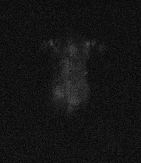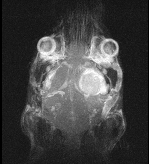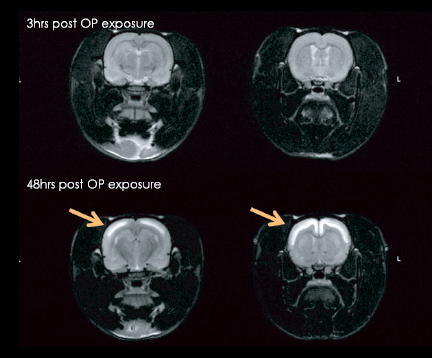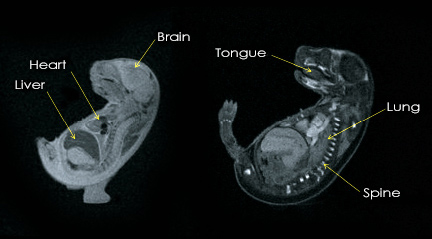Preclinical Imaging
One Instrument, Many Applications
Our line of compact MRI systems is designed to facilitate a wide variety of in vivo applications and research models, empowering scientists, pharmaceutical and research professionals to explore and address a myriad complex biological challenges.


Our systems are designed to be used to routinely and repeatedly quantify phenotypes in models of disease, including:
- Cancer
- Cardiovascular
- Contrast-based Molecular Imaging
- Diabetes and Obesity
- Embryology/Developmental Biology
- Nephrology
- Neurobiology
- Stem Cell/Cell Tracking
Anatomy and Morphology
In vivo soft tissue imaging for morphological characterization. 2D and 3D imaging can be performed quickly and easily for preclinical model assessment.

Cancer Research
Detection, follow-up, and quantification of tumor development and progression.

Neurobiology
In vivo anatomical imaging of the brain, spine and spinal cord for assessment and follow-up of neurologically-based diseases.

Multi-modality Imaging
Easy registration with other modalities such as Optical, PET, SPECT and CT to enable powerful multi-modality phenotyping.

Anatomy and Morphology
In vivo soft tissue imaging for morphological characterization. 2D and 3D imaging can be performed quickly and easily for preclinical model assessment.

Ex Vivo Imaging
High-resolution, high throughput, 3D MR-based histology imaging of fixed samples and embryos for toxicological and developmental studies.

Spin Echo
with the following options:
- Respiration/cardiac triggering
- Preceding inversion recording pulse
- Diffusion weighted imaging
Gradient Echo
with the following options:
- 2D and 3D
- Respiration/cardiac triggering
- Dynamic acquisition – i.e. Dynamic Contrast Enhanced (DCE)
- IR Snap for T1 map generation
- 2D and 3D Respiration/cardiac triggering variable echo train length
- Multi-point fat/water separation
Small animal physiological
monitoring:
- Respiration, ECG and temperature monitoring
- Respiration and ECG output triggering to MRI spectrometer
- Vaporizer with temperature and flowrate compensation
- Scavenging cube for waste gas
- Breathing circuit with 3 access points
Need for Information?
Speak with a specialist today to learn more about Aspect Imaging’s full suite of compact, high-performance MRI systems and preclinical imaging applications.
